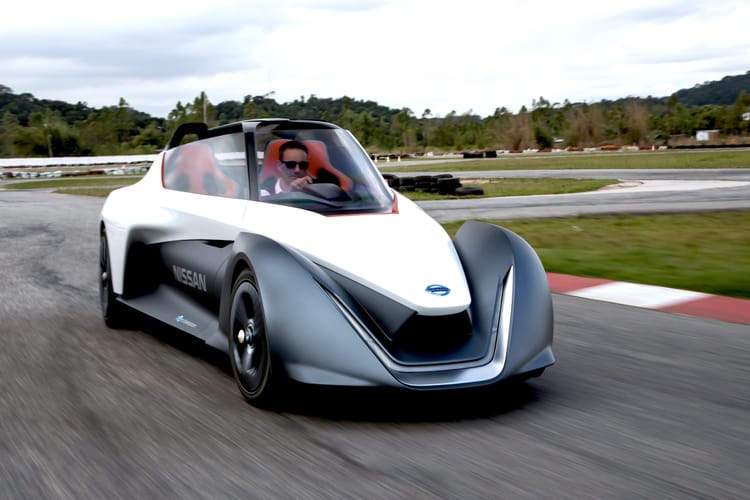𝙕𝙡𝙂𝙕𝘼𝙂 𝟘𝟘𝟝: Animal (planet)

⚑ Do you ever wonder if automakers have teams of industrial designers purely to keep them employed (and not designing something spectacular for someone else)?
On the face of it, this sounds like nonsense.
Well, then, why is it that so many new overseas brands, particularly in China, are able to so rapidly design and develop new vehicles?
In large part, because the staffers were all educated at the same schools, say, Ford designers were, and have similar training and skill.
The brief is different for designers with upstart companies and so are their resources in support and execution, however, I feel like if companies’ internal friction was lessened and design team members were present from the board of directors down to the assembly line, 3/5 new cars would be more Canoo than Vue-inspired.
Eventually, we’ll have 100,000 unique coachbuilders, busy 3D printing and putting their finishing touches on skateboard EV-based designs.
Until then, here’s what a team in Spain was able to create under the radar, without large manufacturing chains…








CLOSE YOUR EYES AND COUNT THE PROMISING ELECTRIC CAR CONCEPTS THAT DIDN’T MAKE IT.
Open them once you’ve run out of fingers to count with… Yeah, yeah, tough cookie—it’s all about the next 10 years (but seriously where’s my Biomega EV??)
This is why cars like the Liux Animal are important, and more broadly why it’s possible a few hit cars may come out of nowhere—EVs allow for manufacturing processes to be completely reimagined.
Billed as the first plant-based vehicle, I’d imagine there’s a huge untapped market for those of us who’d like to know what a station wagon feels like when 90% of it is upcycled or natural materials. Liux says on its website:
“The first ever plant-based vehicle. 90% of the materials used in the manufacture of the vehicle are either recycled or plant-based. The outer skin, interiors and part of the chassis are made from bio-polymer, based on organic fibers and resins.”
All fine and dandy, however a few renders and some fancy language isn’t going to fool us, ri–
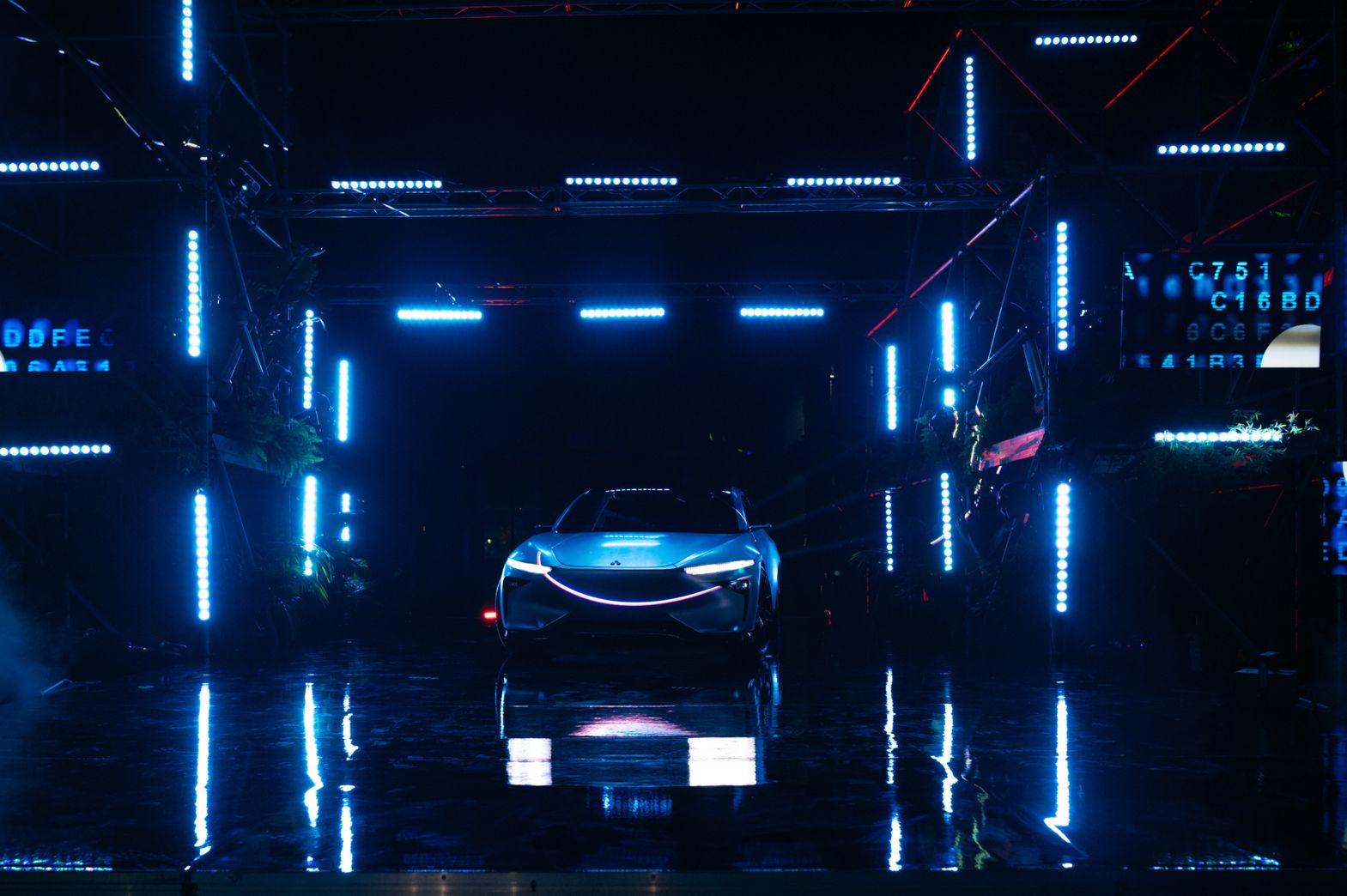
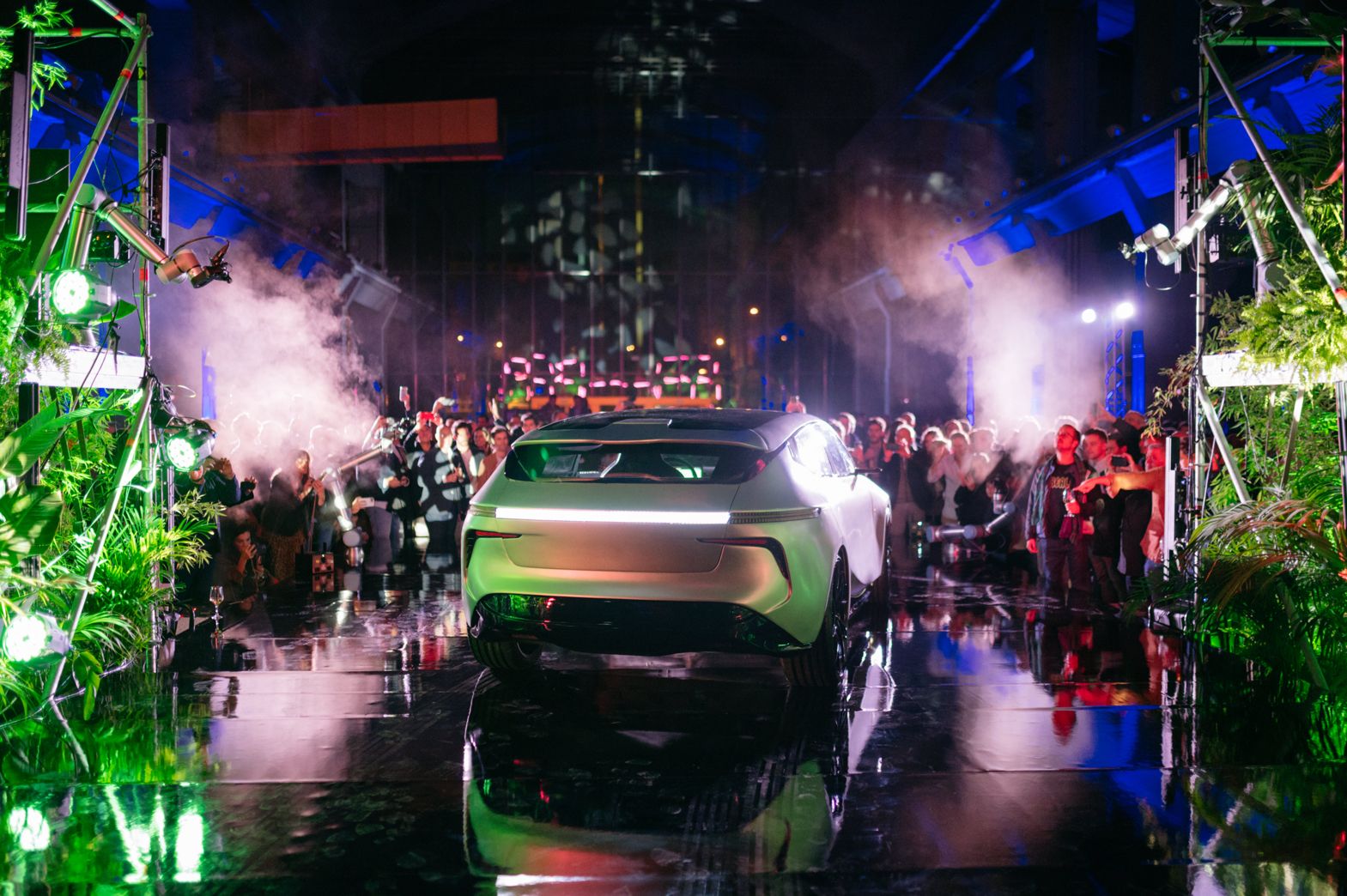
Well s**t, here it is. And in my estimation, Liux is in the sweet spot of new car reveals with the Animal:
- First press releases out1 ✔︎
- Blog is active ✔︎
- Vehicle renders unveiled ✔︎
- Show car built ✔︎
- Launch event held ✔︎
- Configurator is live ✔︎
- Order books open (reserve for €200) ✔︎
- Bold promise issued (available Q1 2024) ✔︎
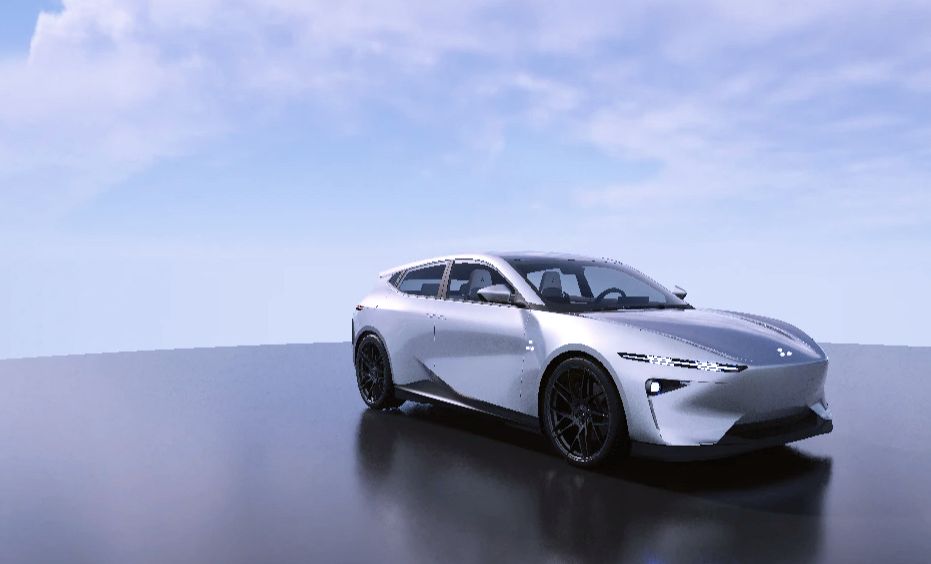
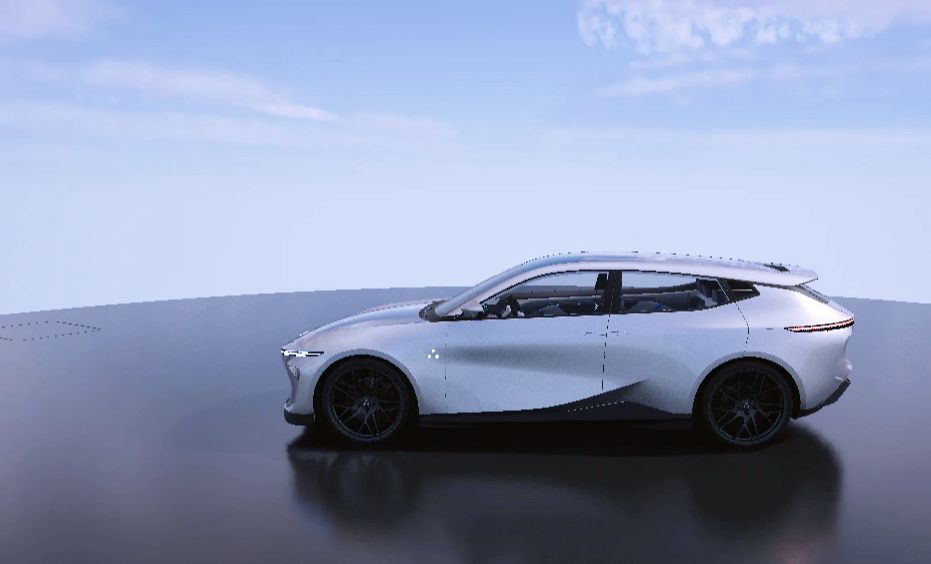
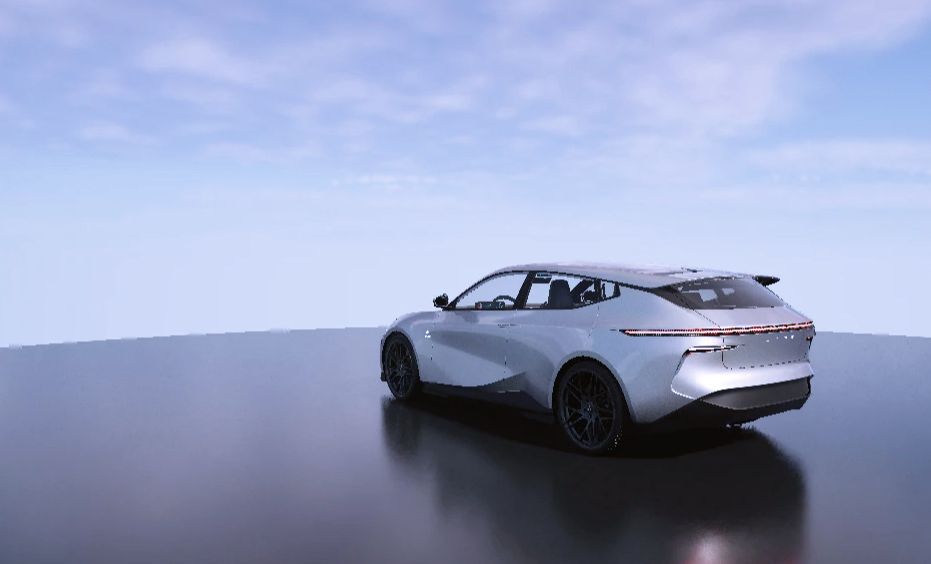
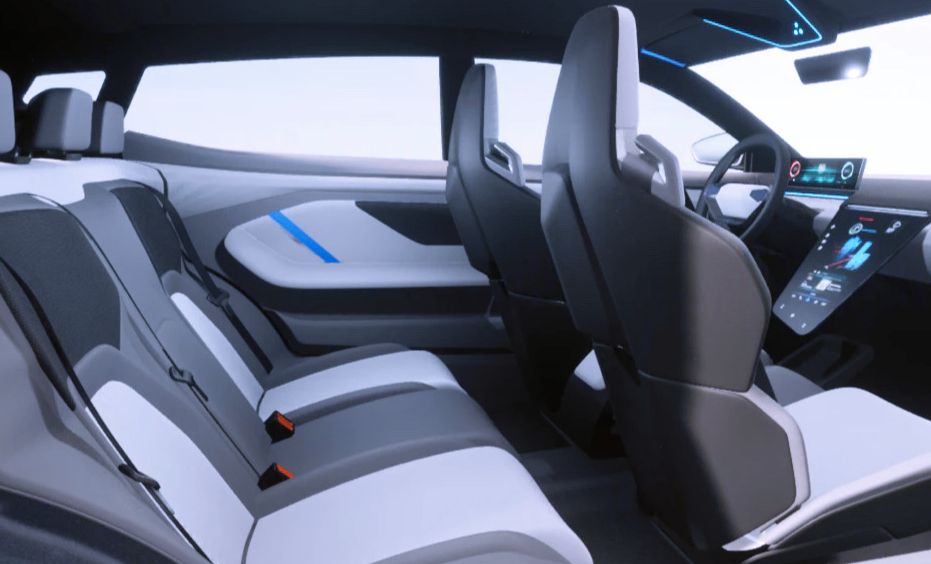
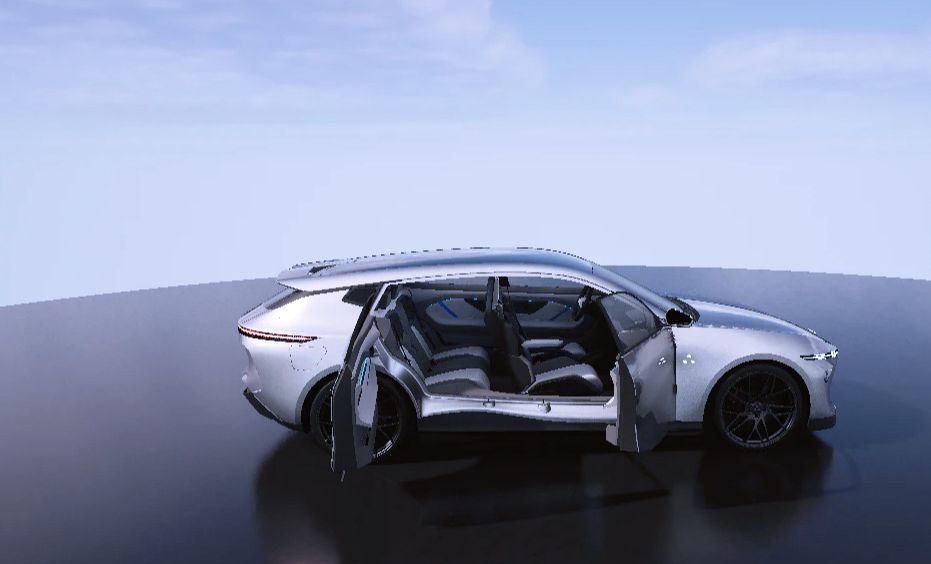
Key details are modular battery packs, 25% fewer materials, up to 600 km on a charge (w/ 90 kWh pack), and supported by innovations Liux claims allow for faster build times and fewer emissions:
“…we are able to manufacture the molds of our bodywork and chassis directly in 3D printing, thereby creating a more sustainable and flexible process, cutting manufacturing times and reducing energy and CO2 emissions of this process by 70%.”
I’m personally not very keen on the team choosing screens, a 5G connection, and Android Automotive software—infrastructure that has its own large environmental footprint—but as a startup it’ll be crucial for Liux to focus on the essentials and not be bogged down with items like software that can quickly eat up development resources.
The next few dozen months in the wild heading to full production will be crucial—whether you work at Liux or want this Animal.
❍ Liux Animal • Liux
see also :: Liux Is An EV Startup Developing This Sexy Crossover Known As ‘Animal’ • Carscoops
1 I’m serious when I say Liux already has a better press site than BRP does, a ~$5 billion company ($DOOO on NASDAQ)

Allow me to point one thing out on the Wuling Mini EV Cabriolet: the trunk is accessed from behind the two front seats.
As in: you move your seats, unzip a rigid cover, and chuck your crap into (what amounts to) a fixed gym bag.
There are bound to be compromises for a car that costs ~99,000 RMB, or ~$15,000 Usd.
One compromise I didn’t know about is that in Shanghai, cars under 4m long will soon be banned—so it’s not like you can even call it a “city” runabout in parts of the country. Another point to consider—you’ll see it in the review—is how loud a city in China can get, making this car oddly ill-suited to the tasks, roads, and uses a more practical Mini EV hatchback would take in stride.
Does this matter? Of course not. It’s the Suzuki Swift / Geo Metro recipe: take a cheap car, remove the roof, thereby adding to the overall experience by omitting specific details.



